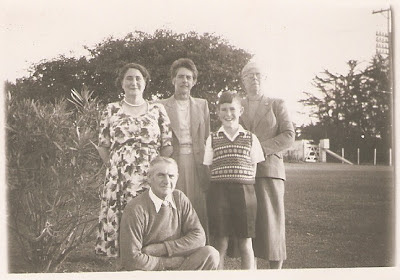A
few years back (earlier this century) my elder daughter began to pursue her professional
and artistic development vision as an art-photographer. She is doing great.
She began to ask questions, daughters do that with daddies; so we spent time talking
and thinking together back into one of my former lifetimes – professional photography . . .
We got to reflecting; the following reflections
arise in part from our times over these last few years, as I have interacted
with her questions into past “photographic development” - especially my years of darkroom experience . . . and learnt from her growing artistic professionalism and creativity with darkroom-processed media . . .
- Reflection, thinking about our experiences, is the key to life and professional learning . . .
Our conversations keep the
“visualising/interpreting artist in community” alive in me ... nowadays my
image developing work is as a counsellor to others in my vocation as a spiritual
director – while the “media” has changed, the principles and transferable
wisdom’s dynamic . . . ruminate with me . . .
- Deciding in the dark means you firstly have creative-vision from the light ...
- Achieving what you envisaged seeing when you took the picture in the light requires the making of “decisions in the altered light of the darkroom”, then coming back into the light to “check the image being achieved” ...
- Shining light on a picture is different to projecting light through a negative ...
- Creative insight captured as image through the moment of the shutter’s release, journeyed through the darkroom’s environmental processes, yields a positive result which the artist may not be as positive towards as their perception in the “click-moment” ...
- It is only by the balanced projection of light through a negative can a positive image find its objective existence ...
- To see things in detail like the embroidery on a white bridal dress (burning in), the light on the face often needs to be “held-back” (dodged). To just focus on the face compromises the fullness of the image ...
- The good technician must firstly be an artist, not in isolation; a facilitator in a community of artists ...
- What you project in the dark, must be developed and “fixed”, before it can make the transition back to the light ...
- In the creative-pursuit of a good print you will make more than a single processing-visit into the darkroom ...
- You can alter the negative, etch the negative, touch up the negative, but destroy the negative and you will never get the positive image ... get the picture ...
- Skilful work in the darkroom creates a finished image from the negative of greater clarity than the raw negative initially seems to promise ...
- Note, the most sophisticated computer is a limited and crude copy of the human brain and a mere makeshift mind for the image maker ... bypassing the negative for the polished positive ignores the creativeness of the “dark-side of the process.”
























